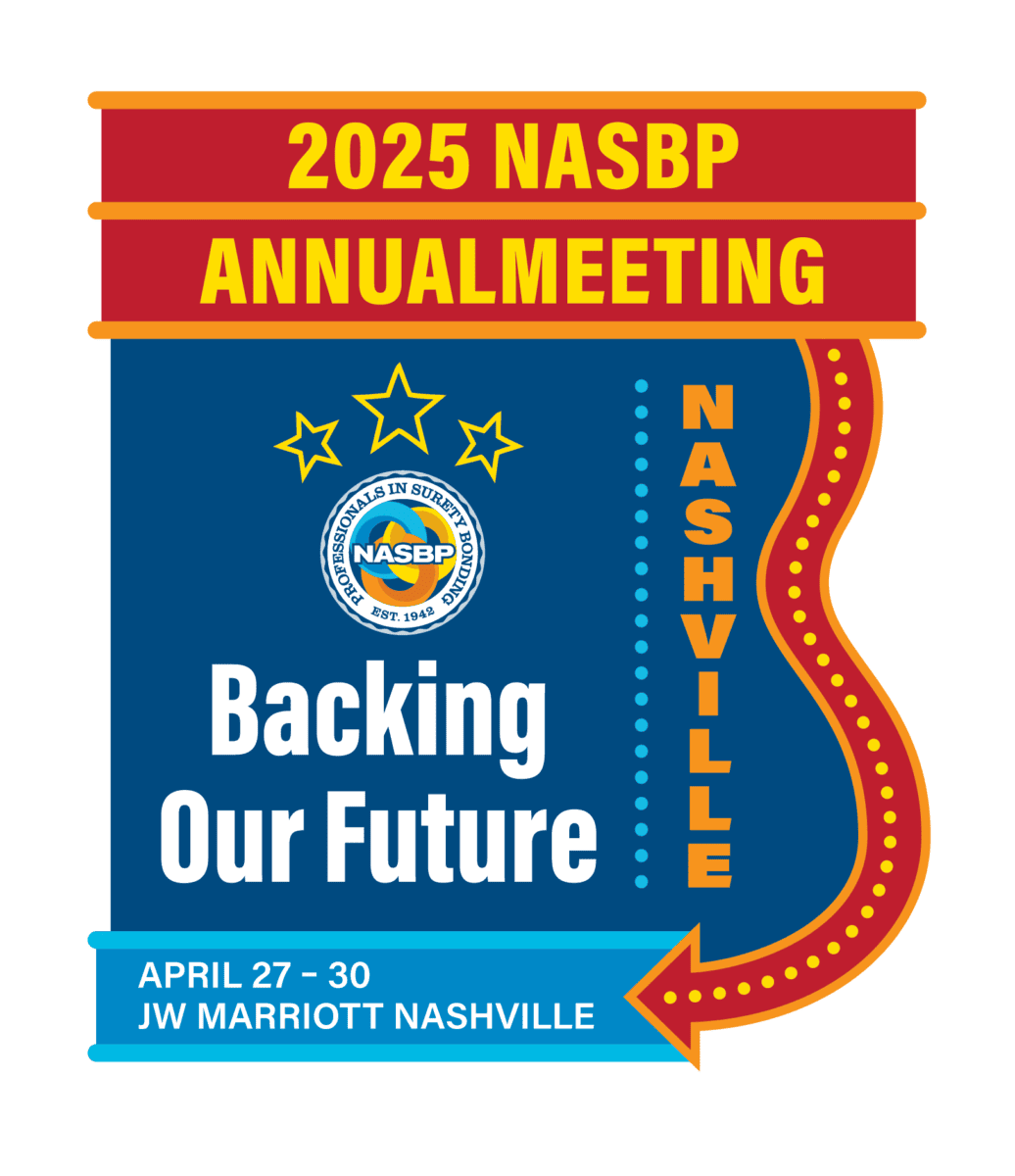Government Relations Update
The 117th U.S. Congress—Control of the U.S. Senate remains undecided, Speaker Pelosi’s majority shrinks, and what this means to advance an infrastructure spending package
 The control of the U.S. Senate, most notably which party controls committee chairmanships, hinges on the two U.S. Senate runoff elections on January 5 in Georgia, where Republican incumbent U.S. Senators Kelly Loeffler and David Perdue face off against Democratic challengers Raphael Warnock and Jon Ossoff. Polls, if they can be considered reliable, indicate Warnock holding a slim 2-point lead over Senator Loeffler and Democrat challenger Ossoff holding a slim 1-point advantage over Senator Perdue. Both races are considered toss-ups. Both parties are spending huge, unprecedented amounts of money, which combined may exceed $200 million.
The control of the U.S. Senate, most notably which party controls committee chairmanships, hinges on the two U.S. Senate runoff elections on January 5 in Georgia, where Republican incumbent U.S. Senators Kelly Loeffler and David Perdue face off against Democratic challengers Raphael Warnock and Jon Ossoff. Polls, if they can be considered reliable, indicate Warnock holding a slim 2-point lead over Senator Loeffler and Democrat challenger Ossoff holding a slim 1-point advantage over Senator Perdue. Both races are considered toss-ups. Both parties are spending huge, unprecedented amounts of money, which combined may exceed $200 million.
Georgia residents will and may have already become exhausted by the constant political ads, which may or may not persuade voters’ opinions. Both parties recognize that turnout will ultimately decide both races. Another factor to consider is the role President Donald Trump will play. Will the President excite his base to turn out, or will it have results given what the President has publicly stated about the election results? Democratic party leaders are also out in full force campaigning for Warnock/Ossoff, which includes former President Barrack Obama. Don’t expect voters to split their ticket on this one. Political pundits/pollsters fully expect votes to be cast on a straight party-line vote. As a side note, according to the Center for Responsive Politics, nearly $14 billion was spent on both the presidential and congressional campaigns for the 2020 general election.
Prior to the election, the party makeup in the U.S. House of Representatives was 232 Democrats to 197 Republicans, with one Libertarian and five vacancies. After the election, Democrats currently have 222 House seats compared to the Republicans’ 210. However, three U.S. House races remain undecided: California’s 25th Congressional District, Iowa’s 2nd, and New York’s 22nd. The Republican candidates appear likely to win the CA and IA races, shrinking Speaker Pelosi’s majority and limiting the number of defections the Speaker has to pass meaningful legislation. On December 2, U.S. House Minority Leader McCarthy announced the party’s 117th Ranking Members, most of whom held these positions in the previous Congress, with the notable exceptions of Mike Rogers (AL-3rd), who becomes Ranking on Armed Services; Cathy McMorris Rogers (WA-5th), who becomes Ranking on Energy and Commerce; Blaine Luetkemeyer (MO-3rd), who becomes Ranking on Small Business; and James Comer (KY-1st), who becomes Ranking on Oversight and Government Reform. Sam Graves (MO-6th) continues as Ranking Member on Transportation and Infrastructure. The following day, Speaker Pelosi announced her party’s committee chairs for the 117th Congress. Those Committees that NASBP works closely with retained their Chairs, which include: Adam Smith (WA-9th), Chair of Armed Services; Nydia Velazquez (NY-7th), Chair of Small Business; Peter DeFazio (OR-4th), Chair of Transportation and Infrastructure; and Carolyn Maloney (NY-12th), Chair of Oversight and Government Reform.
 Given the Democrats will control the U. S. House of Representatives, albeit by a smaller margin than in the 116th Congress, and the U.S. Senate will be controlled either by the Democrats or by the Republicans by a slim majority, what does this mean relating to an infrastructure spending package? Should the Republicans retain control of the Senate, will Leader Mitch McConnell be willing to bring to the Senate floor a $2 trillion package proposed by President-elect Joe Biden that includes a broad definition of infrastructure projects relating to surface transportation, aviation, water, renewable energy, public school construction, and rural broadband? The U.S. Senate and House each advanced their own infrastructure plans last Congress, only to have each version stall in their respective chamber. Hopefully, for the betterment of the nation, both parties will set aside their political differences and pass a meaningful long-term infrastructure spending bill in the next Congress. NASBP will keep its members apprised on this issue and others on Capitol Hill in 2021. For your reference, the 2021 NASBP Government Relations Agenda is now available.
Given the Democrats will control the U. S. House of Representatives, albeit by a smaller margin than in the 116th Congress, and the U.S. Senate will be controlled either by the Democrats or by the Republicans by a slim majority, what does this mean relating to an infrastructure spending package? Should the Republicans retain control of the Senate, will Leader Mitch McConnell be willing to bring to the Senate floor a $2 trillion package proposed by President-elect Joe Biden that includes a broad definition of infrastructure projects relating to surface transportation, aviation, water, renewable energy, public school construction, and rural broadband? The U.S. Senate and House each advanced their own infrastructure plans last Congress, only to have each version stall in their respective chamber. Hopefully, for the betterment of the nation, both parties will set aside their political differences and pass a meaningful long-term infrastructure spending bill in the next Congress. NASBP will keep its members apprised on this issue and others on Capitol Hill in 2021. For your reference, the 2021 NASBP Government Relations Agenda is now available.
Get Important Surety Industry News & Info
Keep up with the latest industry news and NASBP programs, events, and activities by subscribing to NASBP Smartbrief.




